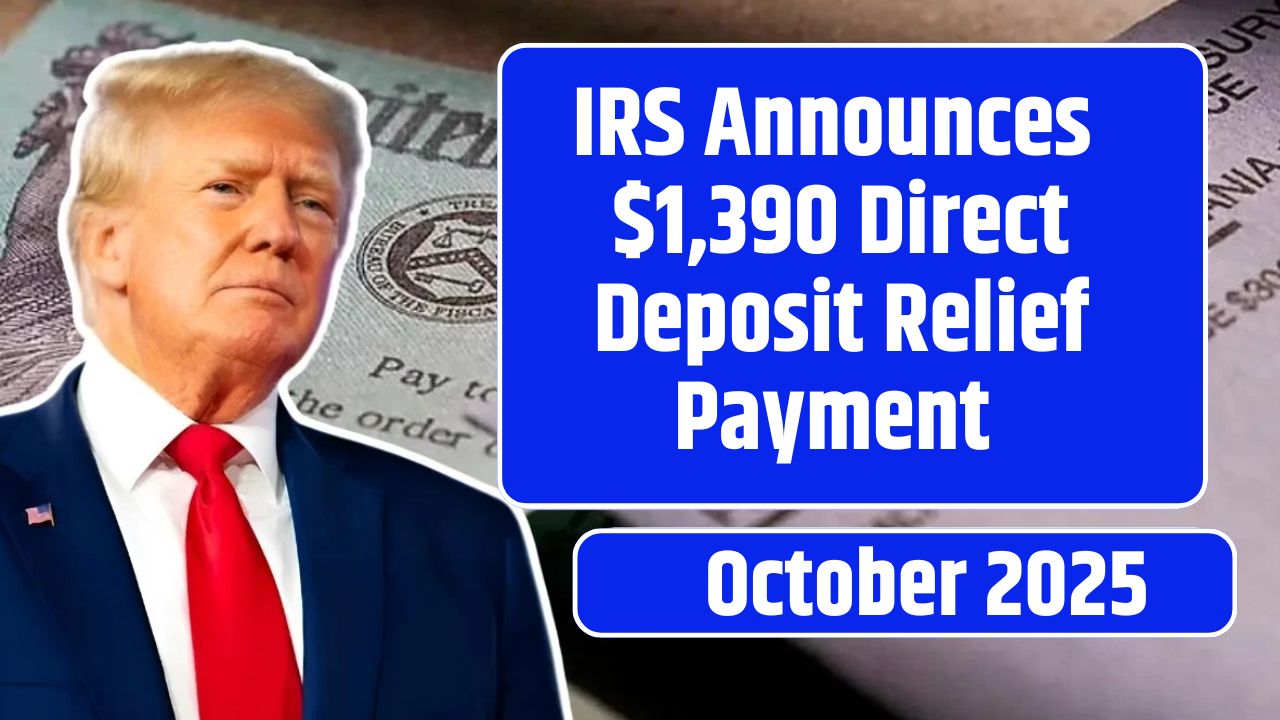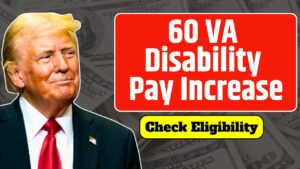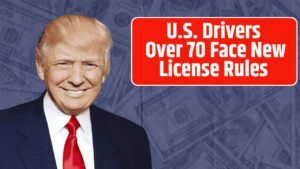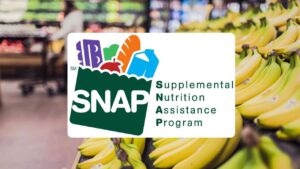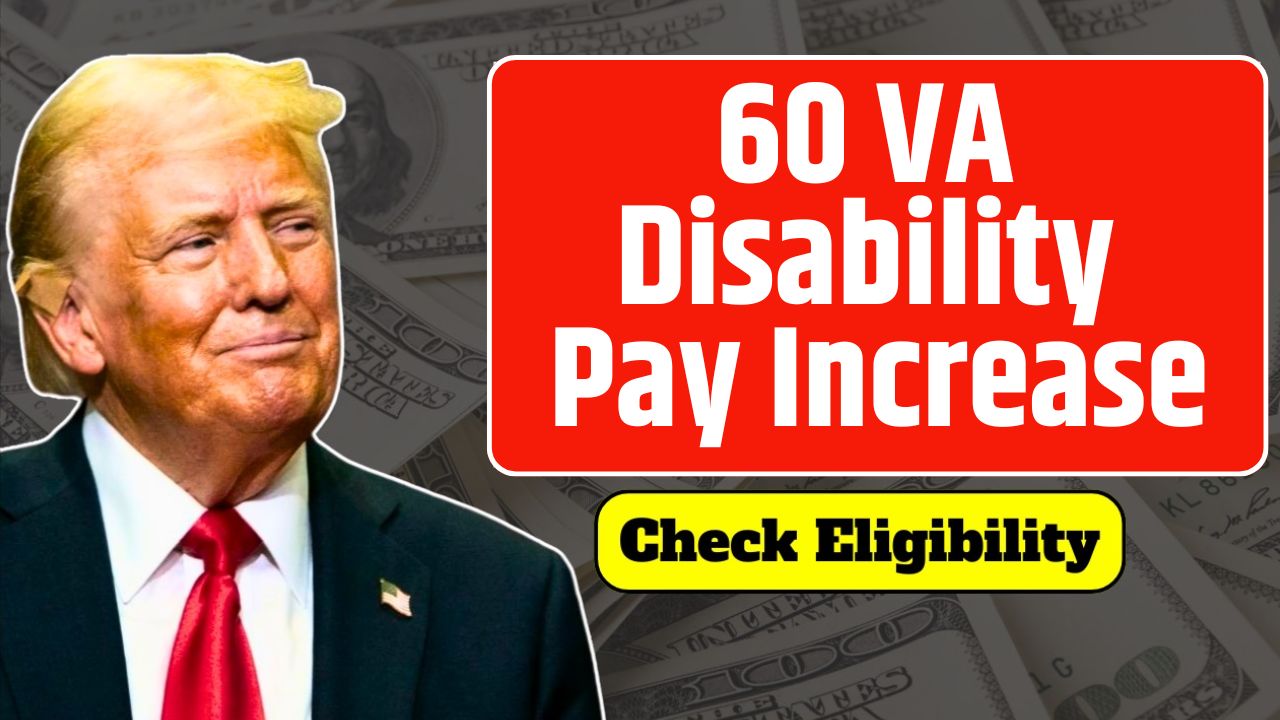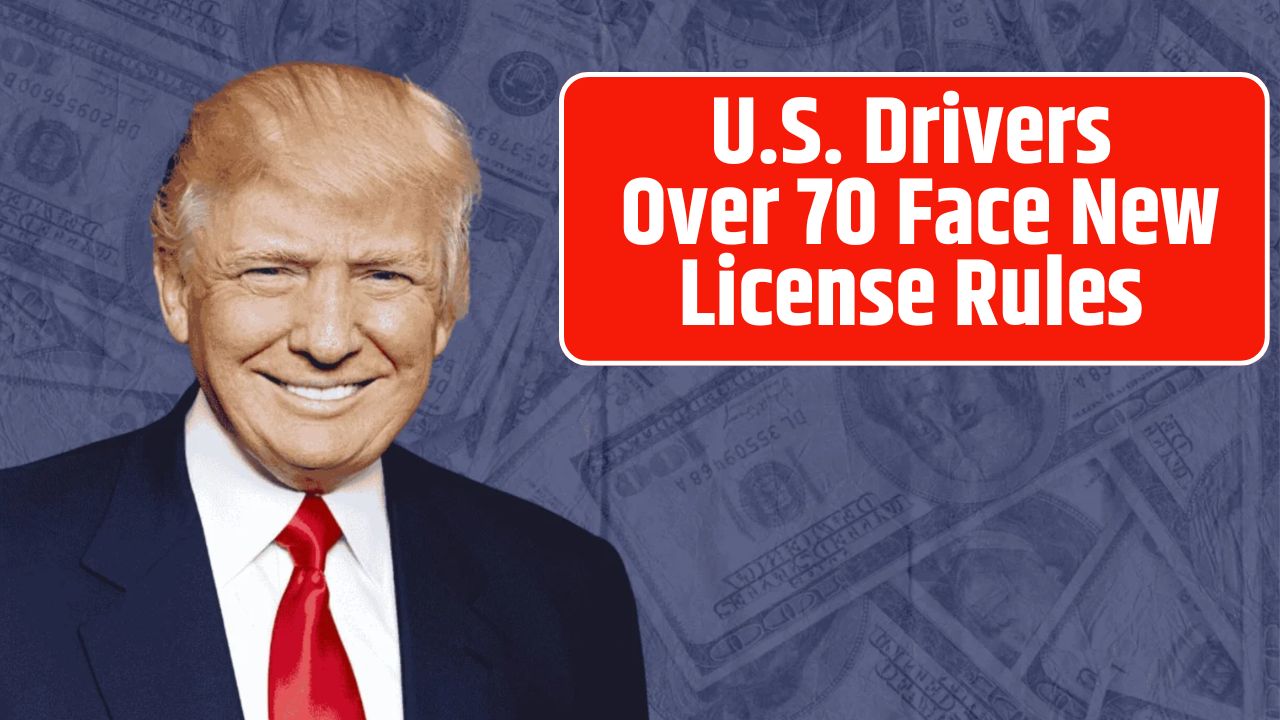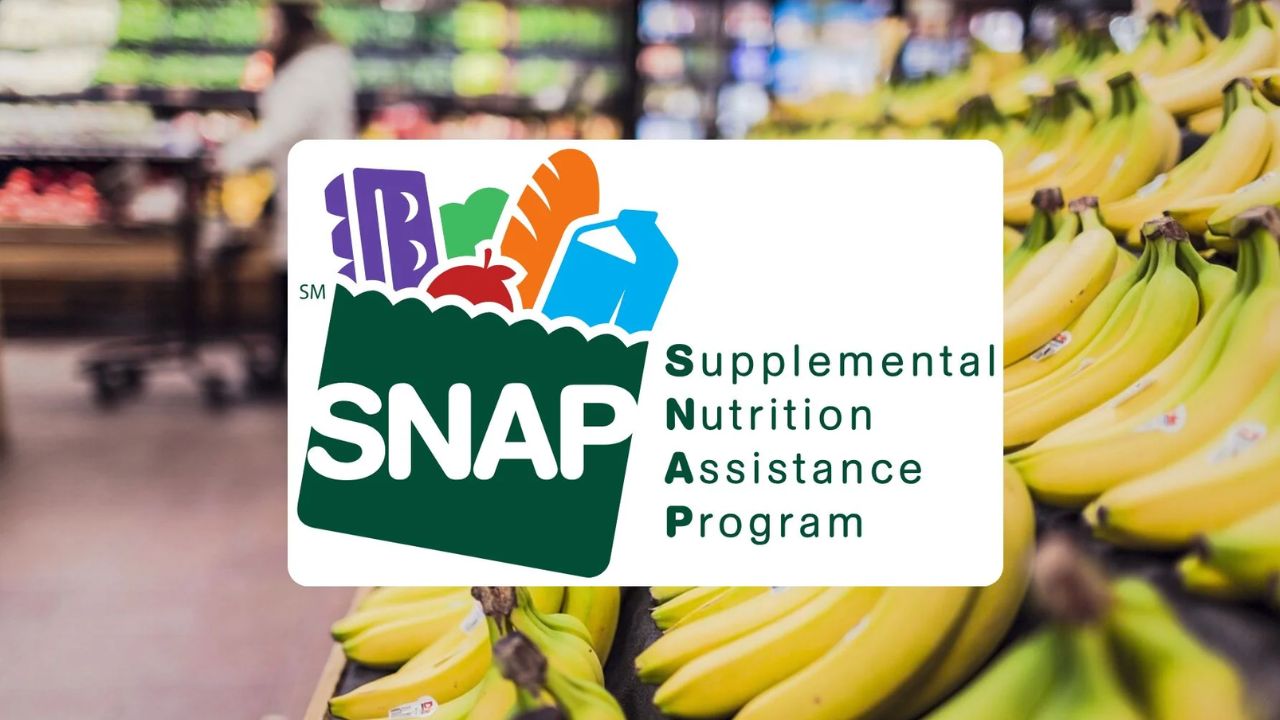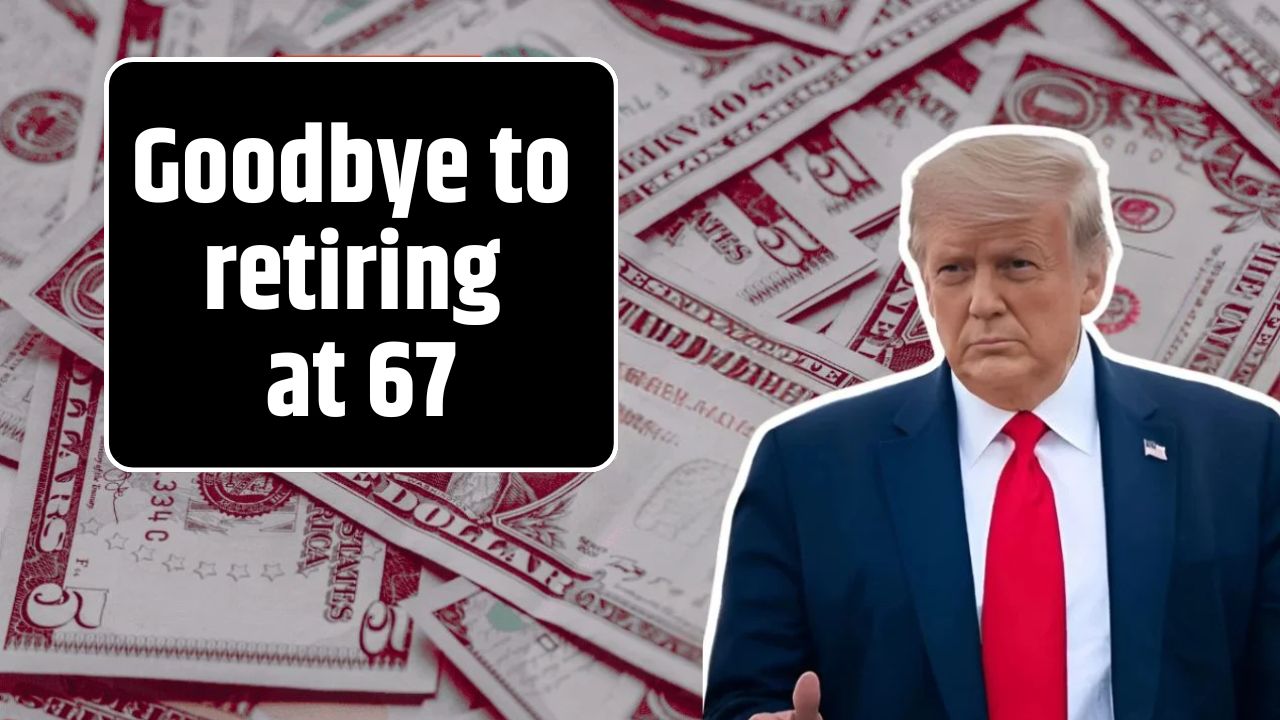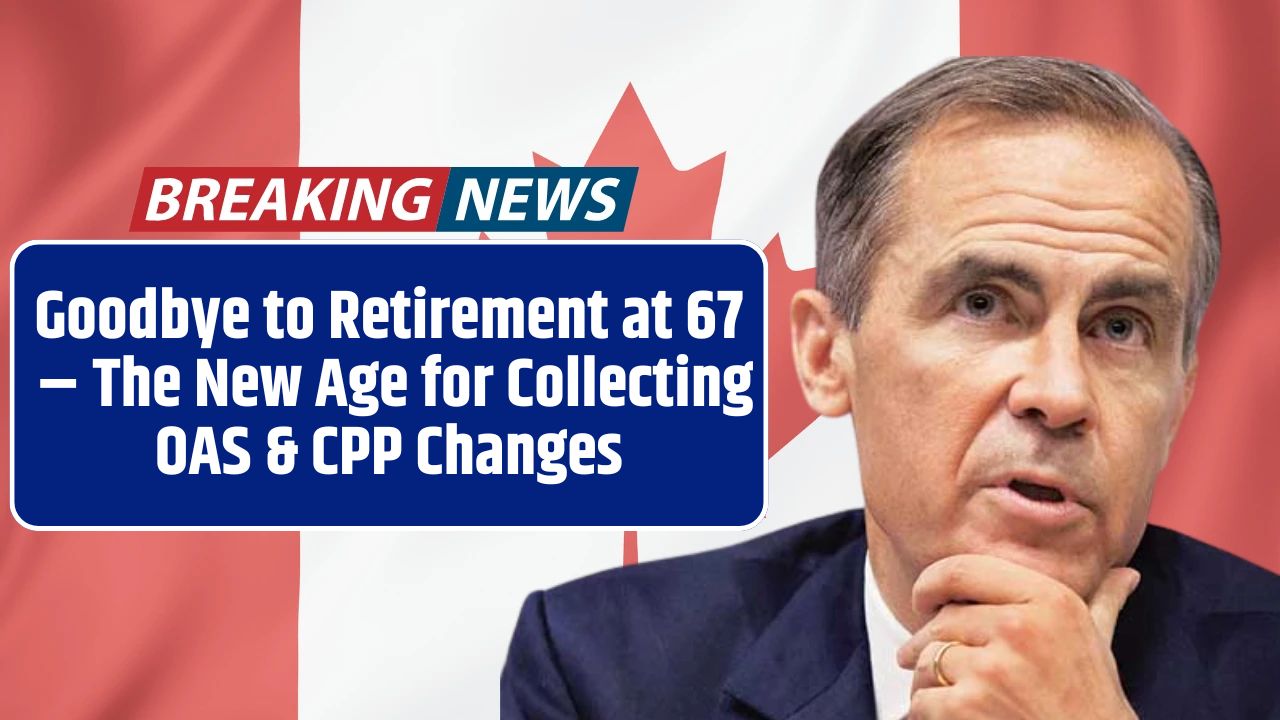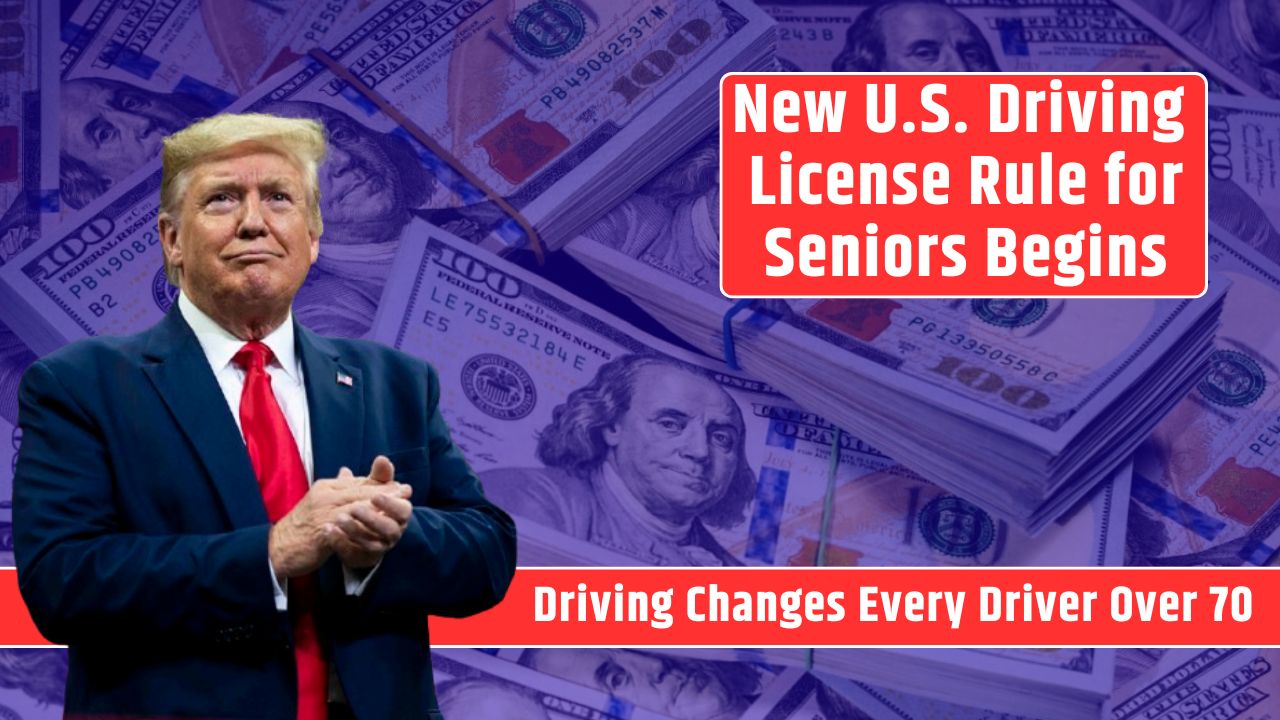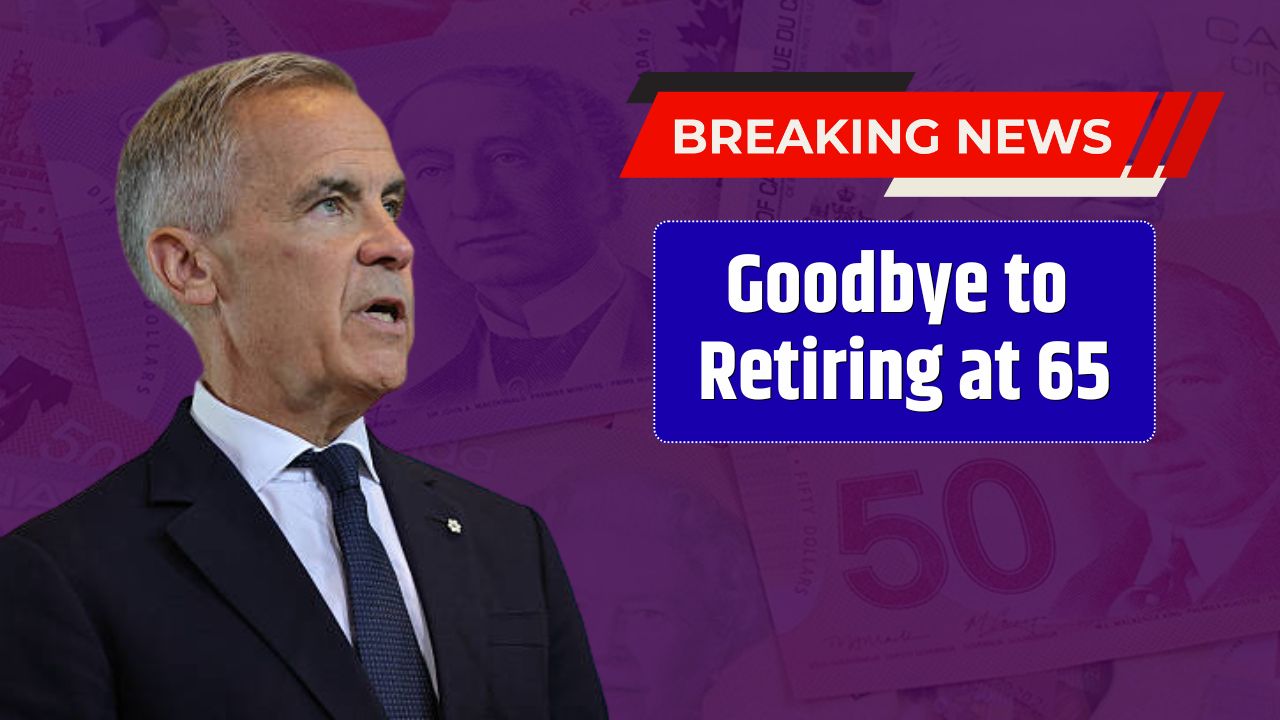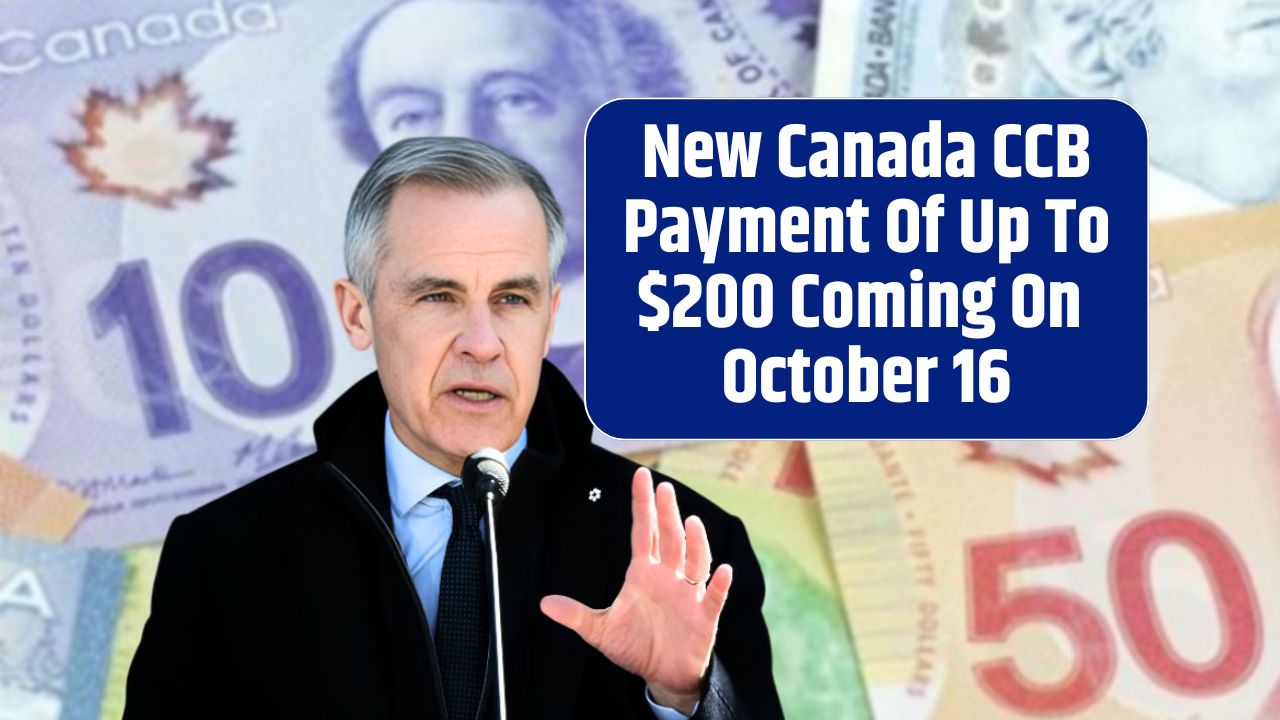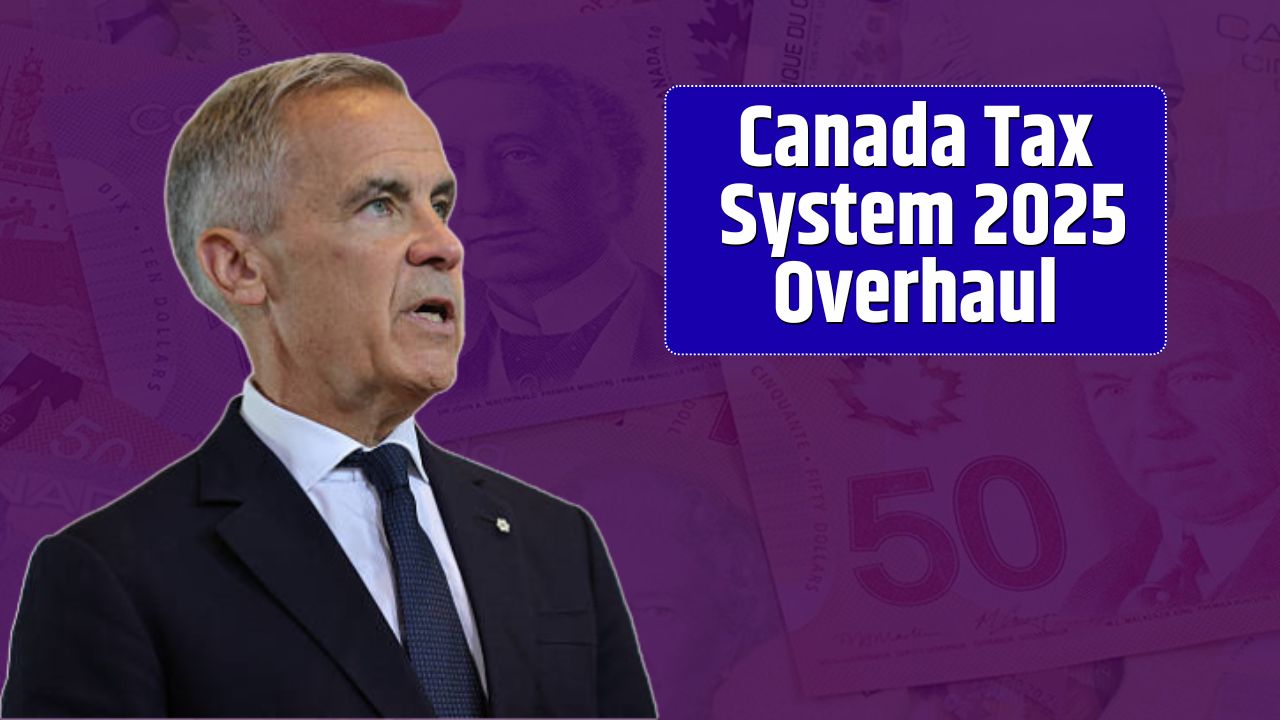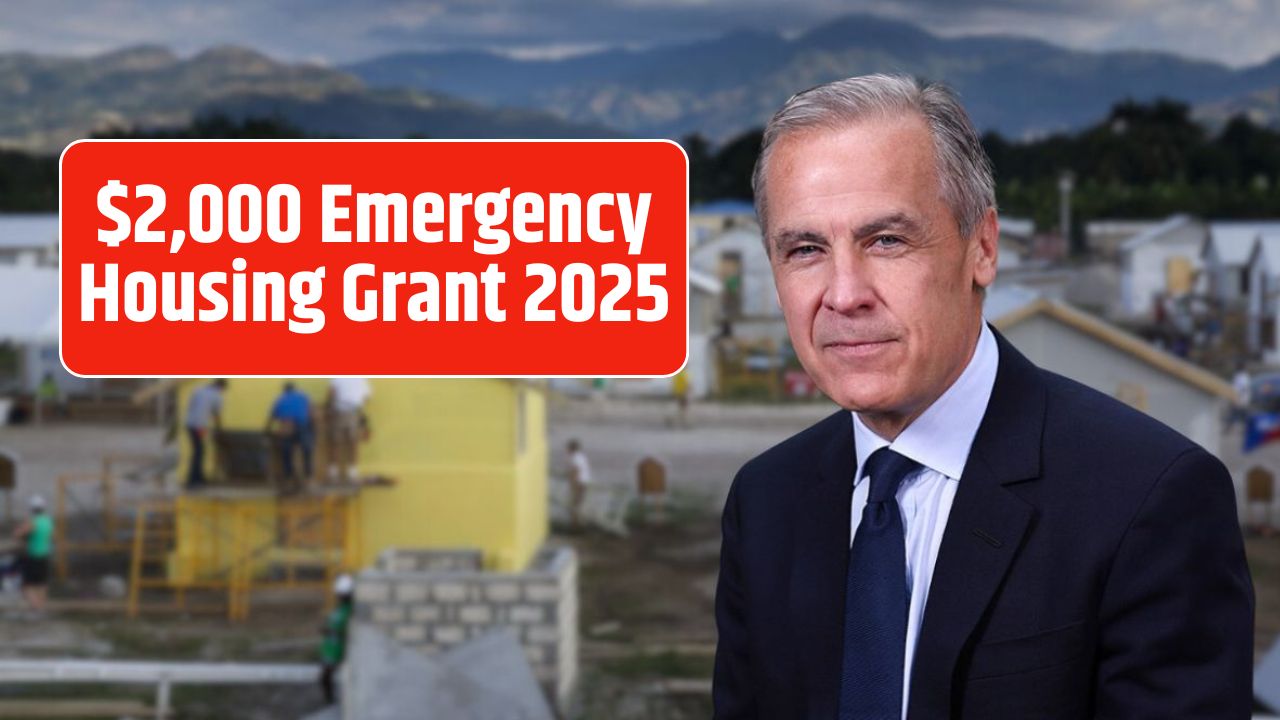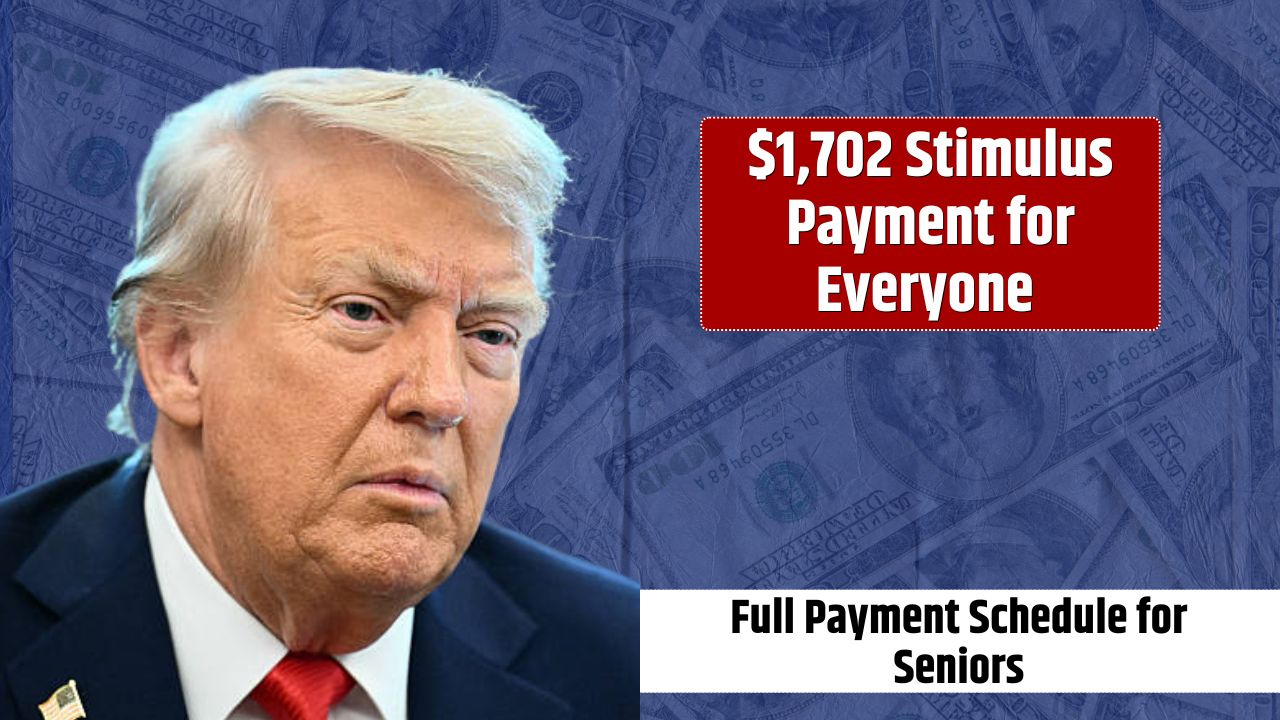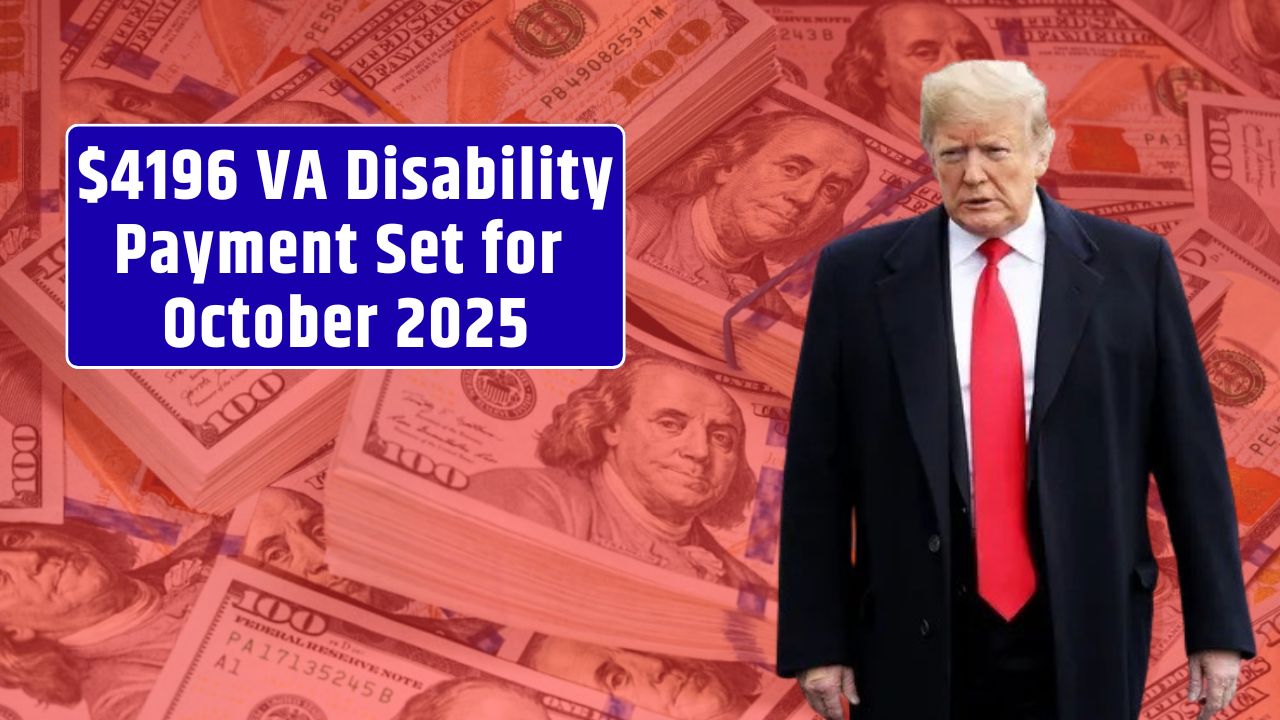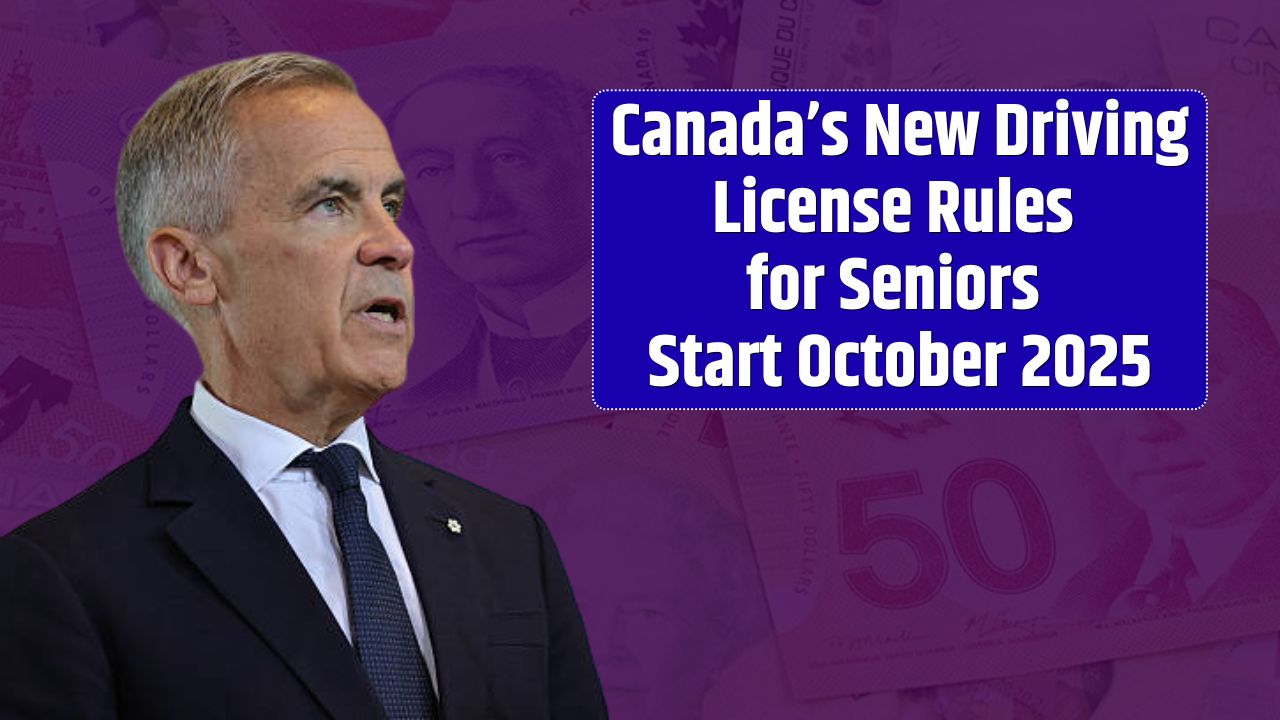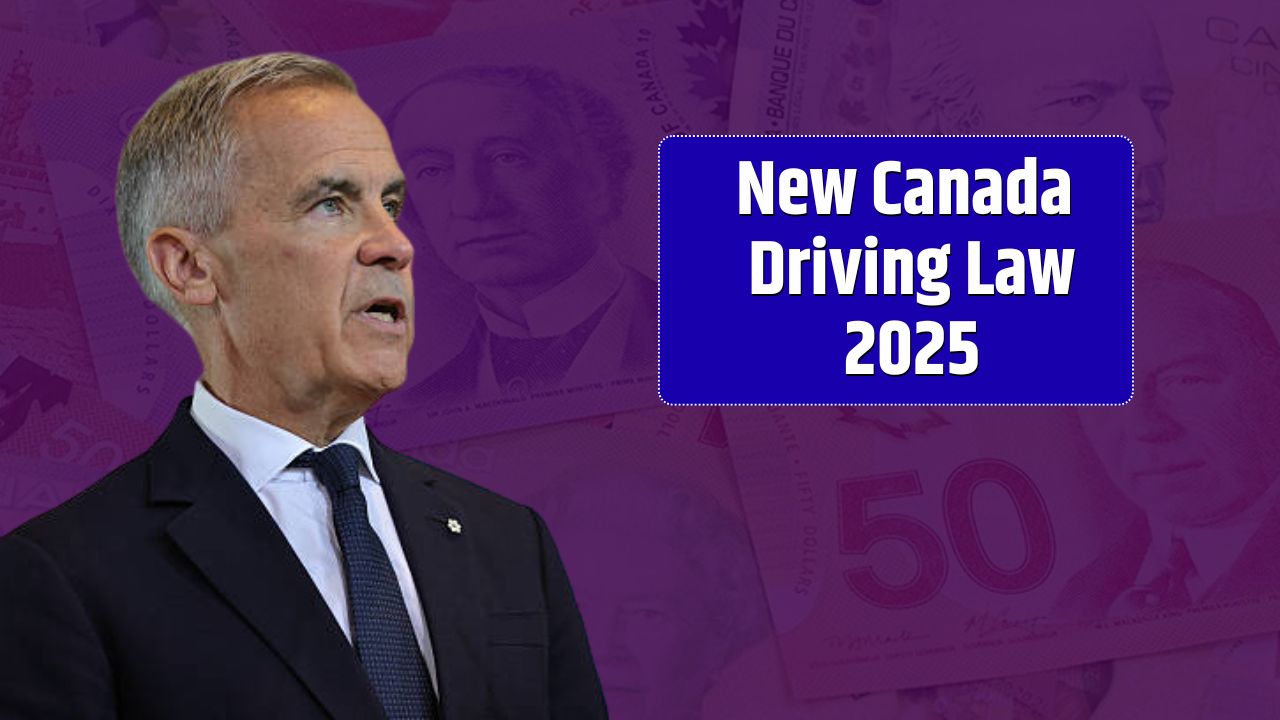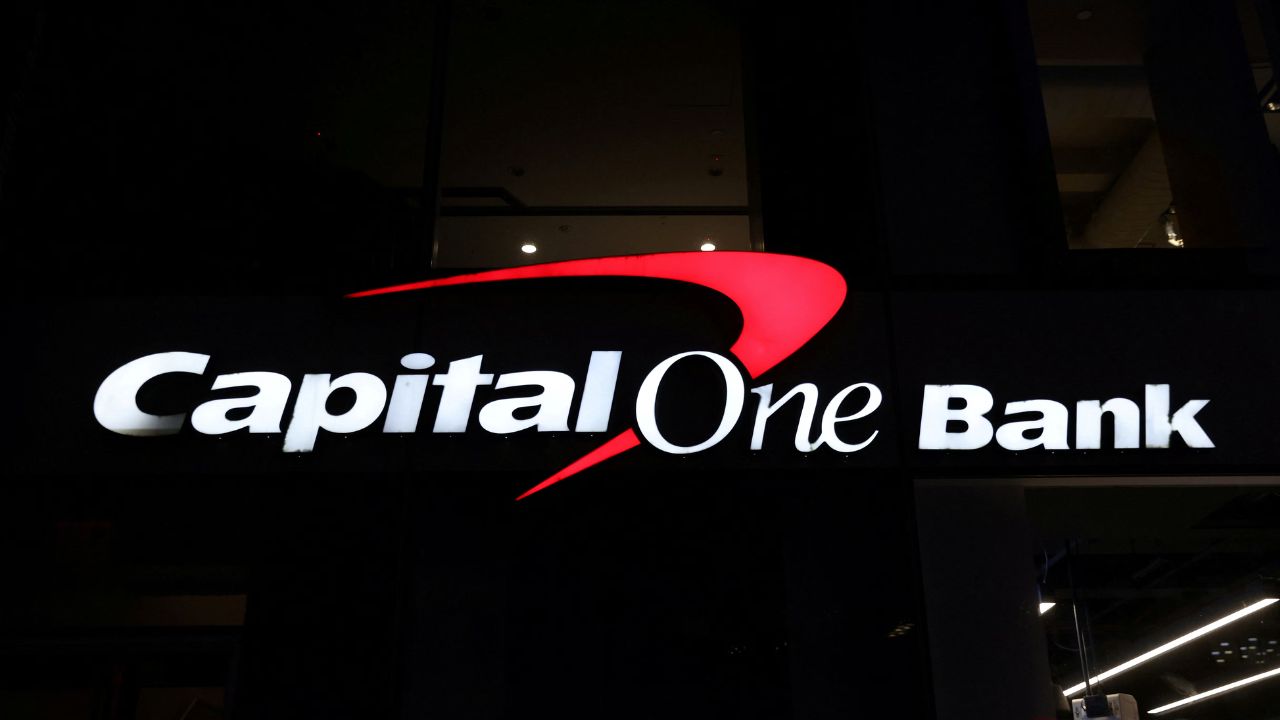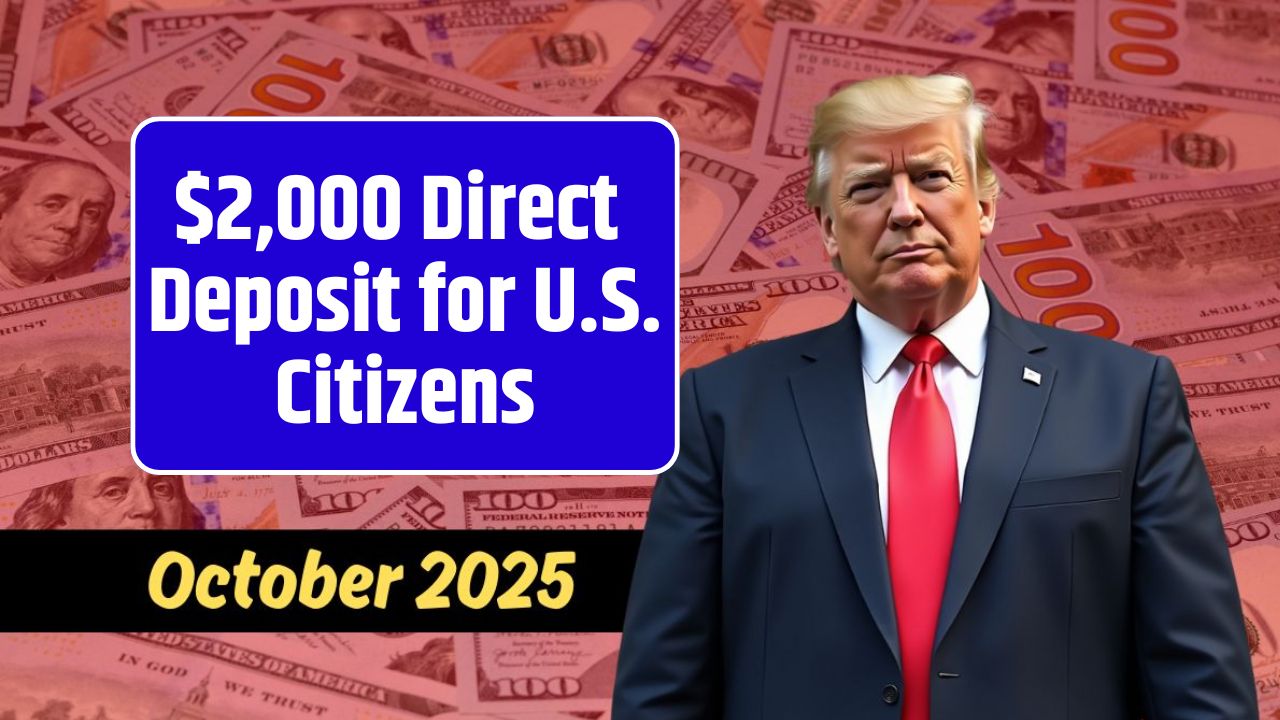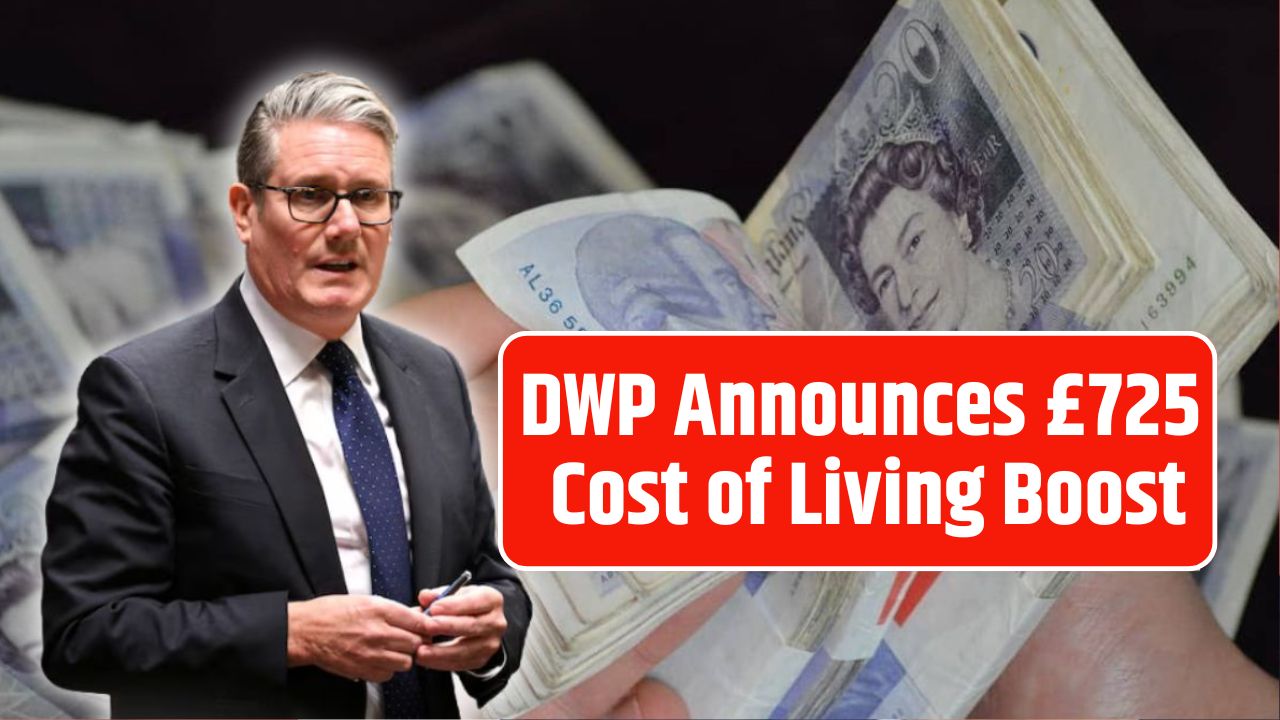A buzzworthy headline has been making the rounds: the IRS is set to issue a $1,390 direct deposit relief payment in October 2025, meant to cushion Americans against stubbornly high living costs. Social media is lighting up with excitement — and confusion. After all, with prices for food, housing, and healthcare refusing to ease, any talk of “free money” from the IRS tends to grab attention fast.
But is this really happening? Let’s break down what’s known, what’s still uncertain, and how to tell verified IRS programs from viral misinformation.
What’s Being Claimed About the $1,390 Payment
According to online posts and circulating news snippets, the IRS will begin sending $1,390 direct deposits to taxpayers, seniors, veterans, and low-income households starting October 2025. The supposed goal: to provide quick, tax-free financial support amid ongoing inflation pressures.
The rumored payment would reportedly follow income thresholds similar to previous federal relief programs:
| Filing Status | Full Payment Eligibility | Partial Payment Phase-Out |
|---|---|---|
| Single filer | Up to $75,000 | Reduced until $99,000 |
| Married filing jointly | Up to $150,000 | Reduced until $198,000 |
| Head of household | Up to $112,500 | Reduced until $136,500 |
It’s also claimed that Social Security, SSI, and VA beneficiaries would automatically receive the funds via direct deposit, while others might get checks or prepaid debit cards.
What the IRS Has Actually Said
Here’s the important part — and it may disappoint some readers.
As of mid-October 2025, the IRS has not announced or confirmed any new national relief program offering a $1,390 direct deposit.
There are no official press releases, policy memos, or federal laws authorizing such a payment on IRS.gov, Treasury.gov, or the White House briefing room.
The rumor appears to stem from a mix of speculation and misinterpretation of existing programs — such as cost-of-living adjustments (COLAs) for Social Security recipients or state-level rebate initiatives.
In short: while the idea of additional federal relief continues to circulate, no $1,390 payment has been legislated or scheduled by the IRS.
How IRS Payments Normally Work
If Congress were to approve a new direct payment program, the IRS would announce it publicly and transparently, as it did for stimulus checks in 2020 and 2021.
Official programs always include:
- An enabling law or executive order authorizing payments
- Clear eligibility criteria published on IRS.gov
- A “Get My Payment” or tracking tool on the official website
- Nationwide media coverage from verified outlets (Reuters, CNBC, Associated Press)
Anything lacking these hallmarks — particularly social media “leaks” or unauthenticated PDFs — should raise red flags.
What Relief Is Coming in 2025
While there’s no standalone $1,390 IRS payment, several real measures are providing financial relief this year:
- Social Security COLA: A confirmed 3.2% benefit increase begins January 2025, automatically raising monthly payments for retirees and disabled Americans.
- Child Tax Credit: Congress continues debating an expansion to boost refundable credits for low- and moderate-income families.
- State rebate programs: States like California, Colorado, and New York have announced local cost-of-living or energy rebates, typically ranging from $250 to $1,200.
- Energy assistance: Programs such as LIHEAP remain open to help low-income households cover heating and utility bills.
These are legitimate government efforts — and unlike viral claims, they’re verifiable through official .gov websites.
Why the Rumor Spread So Fast
People are hurting financially, and with election-year politics heating up, even a hint of federal relief spreads like wildfire. Many Americans recall the pandemic-era stimulus checks and hope for a repeat. Add social media algorithms that amplify trending “IRS payment” keywords, and you have the perfect storm for misinformation.
Some fraudulent websites have even started posing as IRS portals, urging users to “apply early” for the $1,390 payment — a classic phishing scam tactic designed to harvest banking details.
If a post directs you to anything other than IRS.gov or asks for personal information or fees, it’s a scam.
What to Do If You’re Hoping for Real Relief
You can protect yourself — and stay prepared for genuine aid — by:
- Checking IRS.gov/newsroom regularly for official announcements.
- Filing your 2024 tax return early and keeping your direct deposit information current.
- Following the Social Security Administration (SSA.gov) for benefit-related updates.
- Ignoring social media “early claim” links — the IRS never sends payments through third-party websites.
If new relief is authorized in the coming months, you’ll hear it directly from the IRS or Treasury, not a viral post.
FAQs:
Is the $1,390 IRS direct deposit confirmed?
No. There’s no official confirmation or legislative approval for this payment.
Why do people believe it’s real?
Because of misleading social media posts blending state rebate news with outdated stimulus information.
How do I know if I’m eligible for any federal relief?
Check IRS.gov or Benefits.gov — eligibility depends on active, verified programs.
